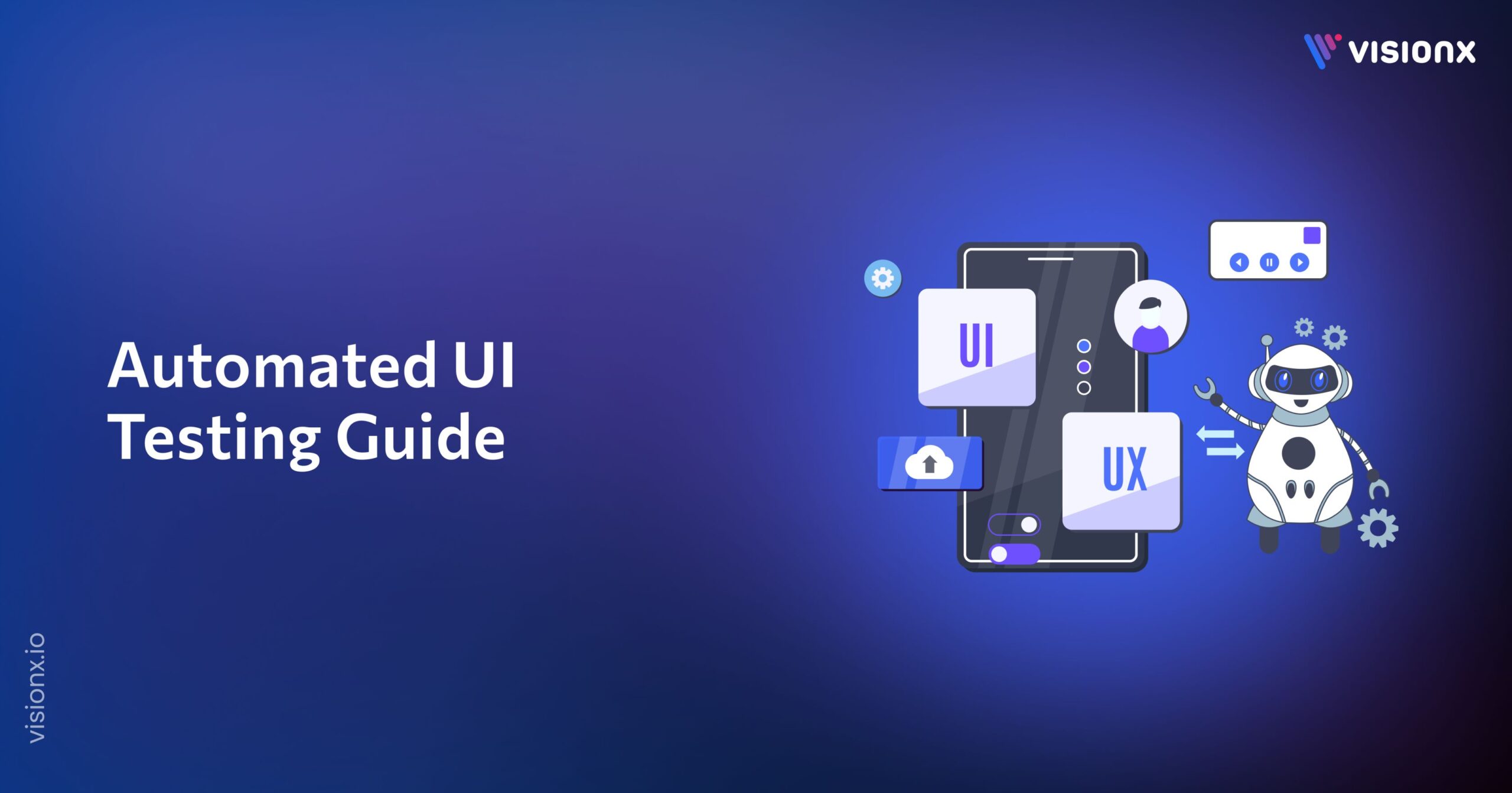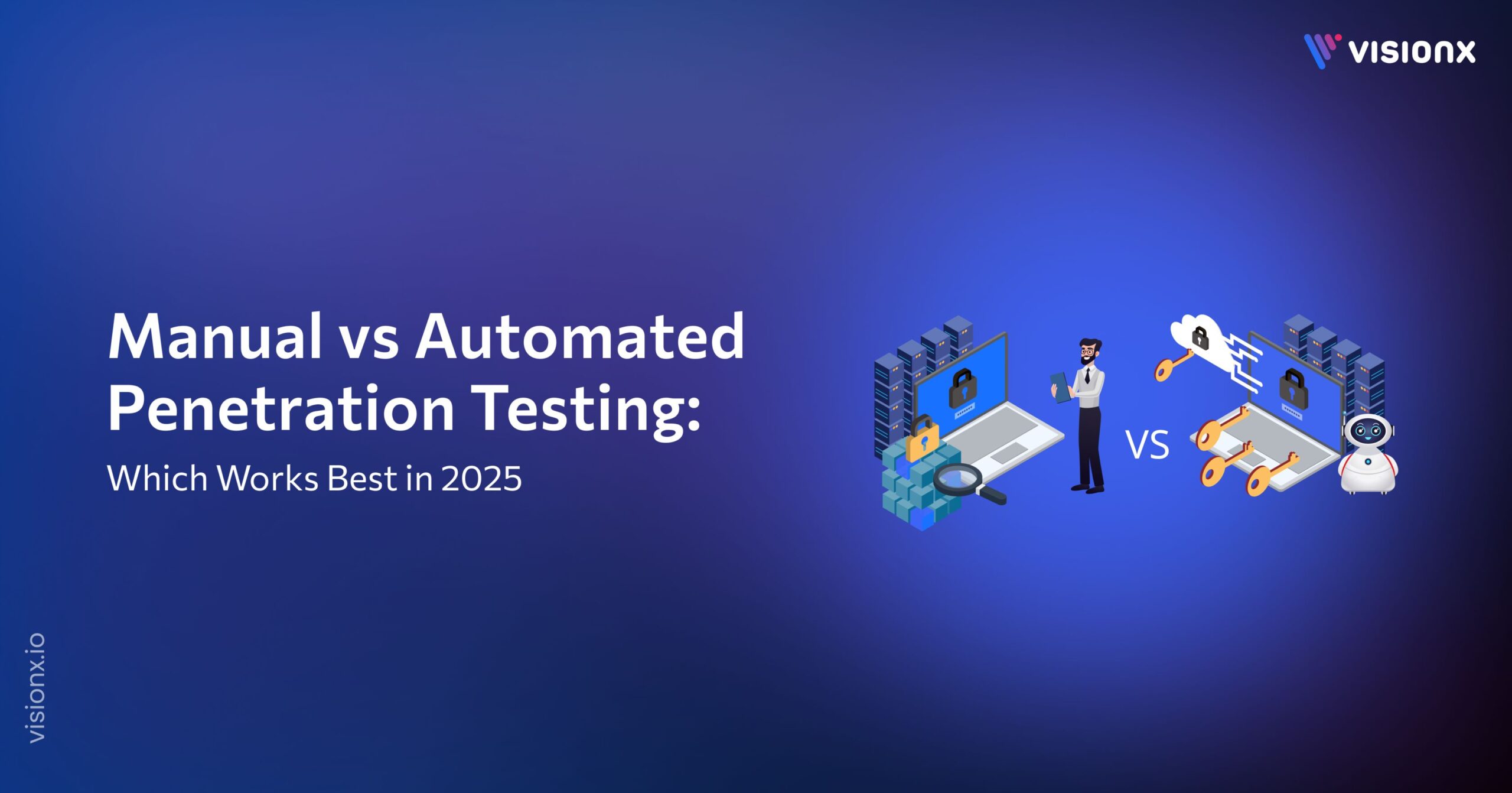With over 90% of new apps being cloud-based, the cloud computing era has transformed how applications are built and deployed,. This shift has made cloud application development mainstream to take full advantage of the benefits of cloud infrastructure.
Developing applications for the cloud is now very common. By doing this from the start, developers can create apps that automatically adjust to changes, withstand failures, and receive continuous updates. It’s just a logical choice!
Businesses are turning to the cloud for its compelling features, including on-demand scalability and reduced hardware costs. Deployments become easy to automate, and seamless collaboration across the workforce exists.
Rise of Cloud-Native Apps
Cloud-native apps mark a significant change in how we develop and deploy applications. Unlike traditional ones designed for specific machines, these apps are created to excel in cloud environments. Here are a few key characteristics:
- Composed of microservices – Divided into smaller, separate parts instead of one big app. This enables easy scaling and updating of each part.
- Utilizes containers – Containers provide a consistent and portable environment for deploying and managing cloud apps.
- Serverless capable – Uses serverless functions for flexible scaling and less operational work, following a “pay as you go” approach.
- Dynamic resource allocation – Can adjust computing resources instantly based on real-time needs. No need to plan and set maximum capacity in advance.
- Resilient – Having backups in microservices prevents one problem from crashing the whole app. It’s easy to update often without any downtime.
Using these features, cloud-native apps have significant advantages over large ones. They are easy to move, reliable, scalable, and cost-effective.
Key Benefits of Cloud Application Development
Cloud application development brings tremendous advantages:
- Agility to respond faster to changing business and customer needs
- Faster time-to-market for launching features and products
- Improved cost efficiency by paying only for resources used
- High availability and resilience built-in
- Universal access and collaboration across locations
- Scalability to support rapid growth and seasonal spikes
- Innovation powered by a rich ecosystem of services
- Shifting focus from infrastructure management to application functionality
Business and Technology Impact
The emergence of cloud application development has profoundly impacted both technology and business. It has enabled startups to get off the ground rapidly and disrupt traditional vendors. Cloud-native companies have risen to prominence, including pioneering providers like AWS.
For enterprises, it has become a vital pillar of digital transformation – increasing competitiveness, speeding up software delivery, and improving customer engagement. The cloud model has opened the door to greater experimentation and data-driven decisions.
Importance in the Technology Landscape
The importance of cloud application development in today’s technology landscape cannot be overstated. It has revolutionized how modern software is built and delivered. Its agility, automation, and scalability principles will continue reshaping businesses and industries.
Associated Components of Cloud Architecture
A typical cloud architecture is made up of various essential components:
- Cloud Platform: The major cloud computing platforms – AWS, Azure, and Google Cloud – provide a comprehensive foundation for building cloud-based applications.
- Compute: Utilizes virtual machines, containers, and serverless functions to execute application logic. These resources can scale up or down dynamically as needed.
- Storage: Includes object storage, block storage, file storage, and databases for persistently storing data and state. It can scale massively to accommodate varying needs.
- Networking: Involves managed virtual networks, load balancers, and DNS to connect resources securely, ensuring accessible and protected communication channels.edge
- Security: Encompasses identity and access management, key management, certificates, firewalls, and DDoS protection to secure workloads, ensuring governance and compliance.
- Management: Provides tools and consoles for provisioning, monitoring, gaining insights, and controlling costs of cloud resources. Essential for efficient optimization.
- APIs (Application Programming Interfaces): Enables programmatic interaction with all cloud services, supporting infrastructure-as-code and automation.
- Analytics: Provides services for data analysis and insights, including reporting, business intelligence, and machine learning.
- Integration: Involves services like message queues, event buses, and workflows that connect different applications and data sources seamlessly.
- Developer Tools: Includes SDKs, IDE tooling, CI/CD, and monitoring tools for efficient building and management of cloud applications.
- Edge Locations: Distributed geographic points of presence facilitating faster delivery of content and applications to end-users.
The combination of these components creates a versatile environment for building, deploying, running, and managing modern cloud-native applications in an on-demand and highly scalable manner.
Key Trends in Cloud Application Development
Cloud computing has revolutionized application development, deployment, and management, with several significant trends emerging.
Everything-as-a-Service (XaaS)
XaaS, or Everything-as-a-Service, brings every capability to the cloud, from software to platforms and functionality. It offers various services designed to meet your tech needs, removing limitations.
DevOps and CI/CD pipelines
Cloud apps enable continuous integration and delivery. They use automated pipelines to catch bugs early, which allows faster and more reliable team updates.
Infrastructure-as-Code (IaC)
IaC is like a digital blueprint for your entire tech setup, making creating, adjusting, and scaling easy. It eliminates the need for manual configurations, turning the future into code for your tech kingdom.
Microservices and containers
Breaking applications into independent microservices is essential for scalability and resilience. Containers neatly package up these services, making them portable.
Serverless computing
Serverless is a lean and agile approach that allows developers to run code without worrying about the underlying infrastructure.
Open source adoption
In the cloud era, open source thrives, covering everything from operating systems to development tools. This community-driven model ensures that everyone can benefit from shared innovation.
These trends indicate how cloud computing removes traditional blockages and opens new possibilities. Modern applications can achieve outstanding skill, scalability, and velocity by fully adopting cloud-native architectures and processes.
Emerging Technologies and Innovations
The future of cloud application development looks promising, driven by the continuous evolution of cloud technology. These emerging innovations allow companies to utilize the benefits of cloud computing fully.
Edge Computing Integration:
Edge computing handles data closer to where it originates, reducing delays and improving performance. Integrating edge computing in cloud app development ensures faster response times and improved user experiences.
Use cases range from IoT devices to content delivery networks. Implications include enhanced security, reduced bandwidth usage, and real-time data processing at the edge, contributing to more efficient and responsive cloud applications.
Artificial Intelligence (AI) and Machine Learning (ML)
AI and ML are increasingly becoming part of cloud applications, bringing intelligent automation, data analysis, and predictive features. This integration boosts cloud applications’ adaptability, learning, and decision-making capabilities.
The fusion of AI and ML with cloud development is transformative. It allows applications to evolve, providing personalized experiences, real-time insights, and automating complex tasks. This transformation is changing how businesses utilize cloud technology for innovative solutions.
Low-Code and No-Code Development
Low-code and no-code development methods are gaining traction, enabling developers and non-developers to create applications with minimal manual coding. These platforms offer user-friendly interfaces and pre-built modules, making cloud application development more accessible.
The rise of low-code and no-code development has significant implications for fast application development. It broadens the group of contributors, speeding up the development process. This approach promotes agility and flexibility in addressing changing business needs, representing a shift in how applications are conceived and constructed.
Blockchain Technology
Blockchain is gaining popularity in cloud application development due to its enhanced security and transparency. It allows businesses to store data in decentralized ledgers, ensuring unchangeable access for developers and users. The decentralized approach enhances data storage and cloud application development, promoting a safer, more transparent, and more efficient digital landscape. It is also gaining popularity in cryptocurrencies and smart contracts.
Predictive Data Analysis
Predictive Data Analysis uses statistical algorithms and machine learning to improve cloud application development by anticipating user behavior and trends. This technology enhances user experiences, optimizes application performance, and facilitates proactive decision-making. Cloud platforms integrate advanced analytics, unlocking unprecedented capabilities and efficiencies in creating and deploying cloud-based applications.
Quantum Computing
Quantum computing is a game-changer in cloud app development. Using quantum bits (qubits) takes computing to new levels of speed and complexity. Unlike regular cloud systems, quantum-enhanced apps tackle complex issues like cryptography and data optimization incredibly fast.
Although quantum computing is still in its early stages, its integration into cloud development promises a future where apps benefit from quantum advantages. This opens doors for groundbreaking solutions and advancements in cloud tech. The blend of quantum and cloud signals an era of unmatched computational power and innovation.
5G-Powered Mobility
It is a big deal for making apps better. With the new 5G networks, internet speed and connection are super fast, creating a new era for mobile apps that use the cloud. This speedy connection makes using apps seamless from anywhere. Thanks to 5G, mobile cloud apps can process data quickly and respond faster. This cool mix changes how we use apps and opens up new ideas for different industries. The teamwork of 5G and cloud apps is a game-changer, bringing us super-fast and connected experiences.
Trends such as serverless architecture vs. microservices, and edge computing are revolutionizing cloud application development, enhancing efficiency and scalability. These innovations are shaping the future of technology in the digital age.
Accelerating Business Growth Through Cloud Computing
Cloud-native solutions accelerate business growth, enabling agility, scalability, and innovation. This approach expedites cloud application development, allows swift market access, and fosters innovation, ensuring a dynamic market presence.
Scalability
Cloud-native solutions allow businesses to adapt effortlessly to varying workloads, ensuring efficient use of resources. This adaptability promotes growth and cuts costs by shifting from older, capital-intensive models to more flexible operational structures. Additionally, the cloud-native approach improves efficiency through automation, simplifying processes and boosting overall performance.
What can you expect?
Cloud-native strategies not only provide operational benefits but also significantly enhance customer experiences. These personalized and responsive solutions raise customer satisfaction, laying the groundwork for lasting loyalty. Challenges such as cultural shifts, security concerns, and skillset evolution accompany this shift, but real-world success stories showcase its effectiveness. The continuous advancement of technologies and widespread adoption of cloud-native approaches are essential for shaping the business operation’s future and ensuring sustainable growth.
Conclusion
Cloud application development is a fast-changing field. It incorporates innovative architectures, tools, and technologies across all application stack layers. The innovations aim to expedite cloud adoption by overcoming complexity, security, and skillset challenges.
Organizations like VisionX that stay ahead of the technology curve and build modern cloud-native applications will gain a decisive competitive advantage. The future roadmap involves containers, service meshes, event streams, web assembly, Web3, and much more.
The cloud is a platform for innovation, offering a bright future for cloud application development. Stay updated and innovative to navigate the cloud revolution, and enjoy the possibilities of cloud development.


